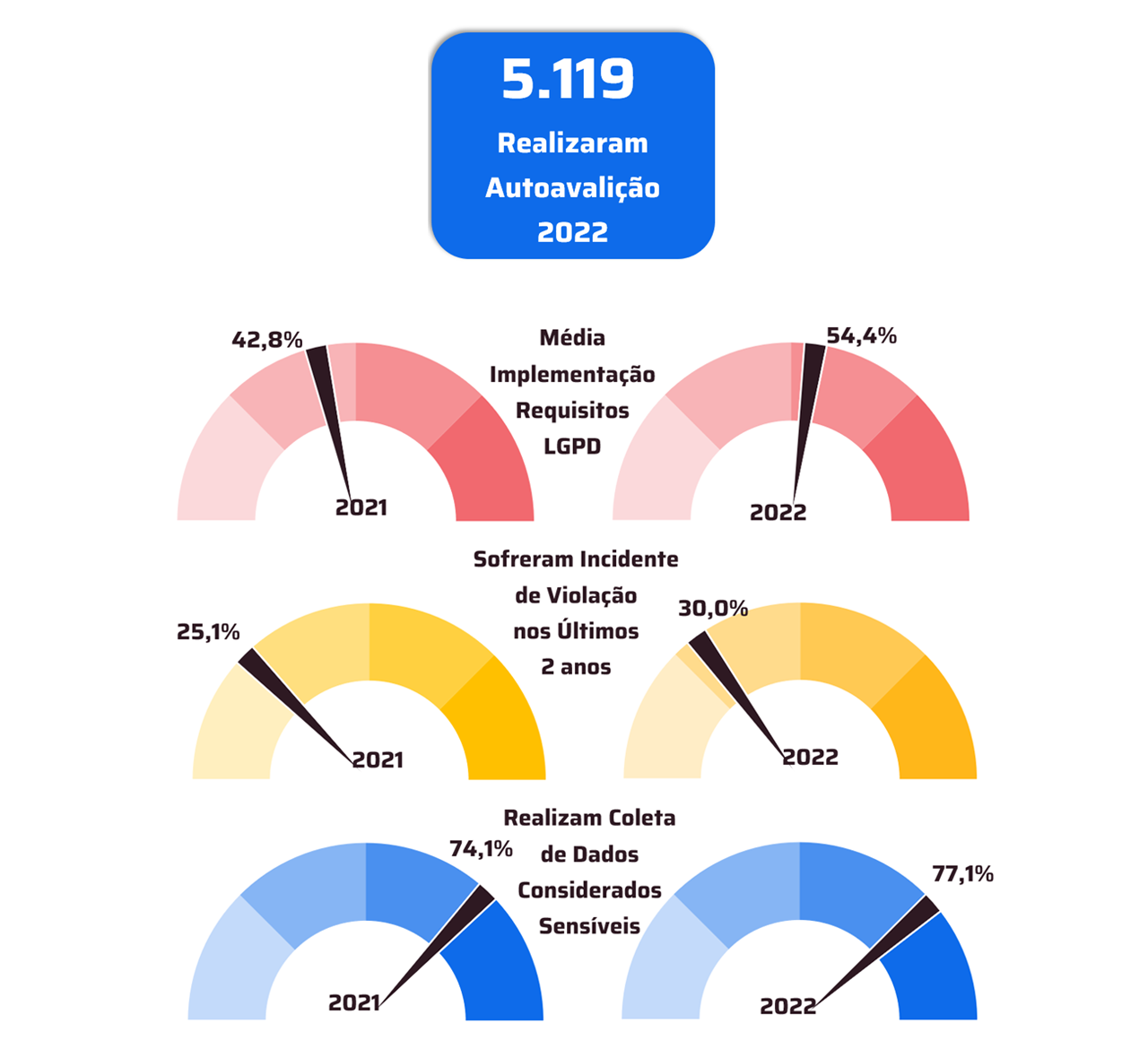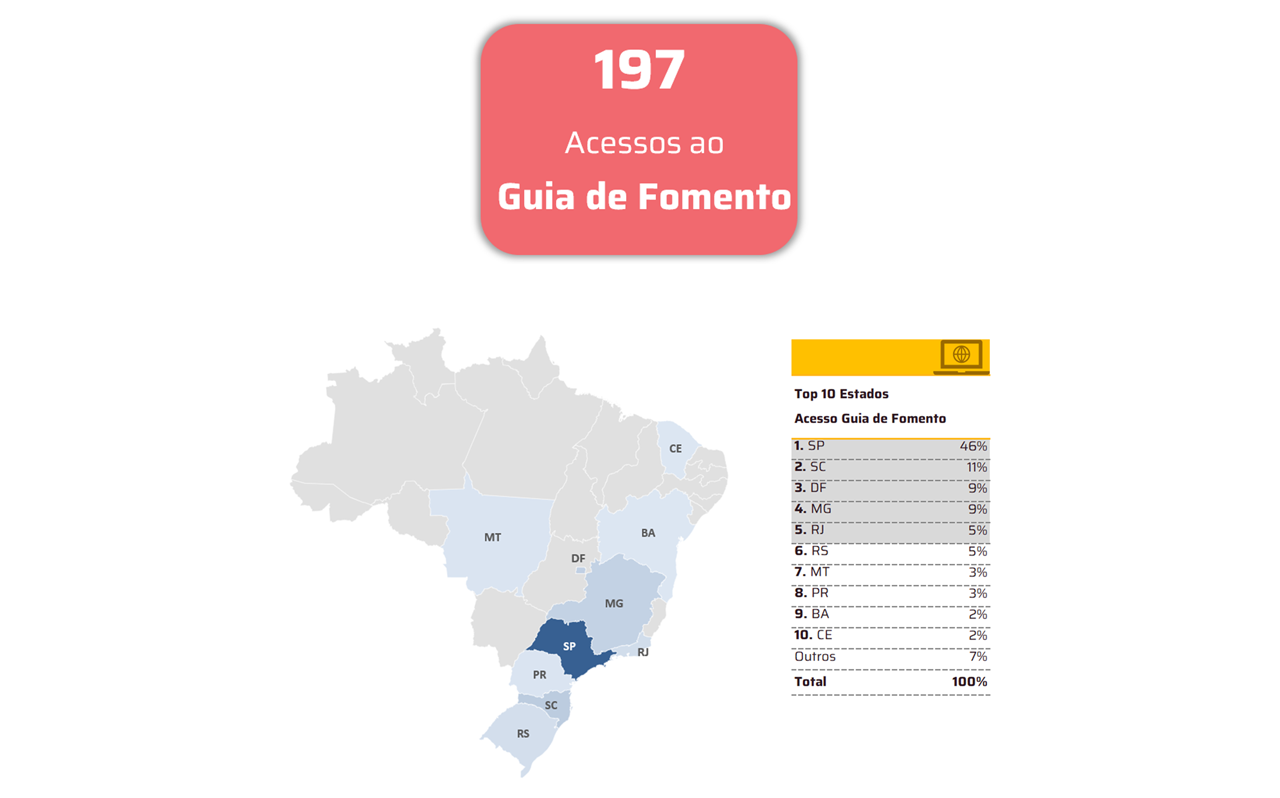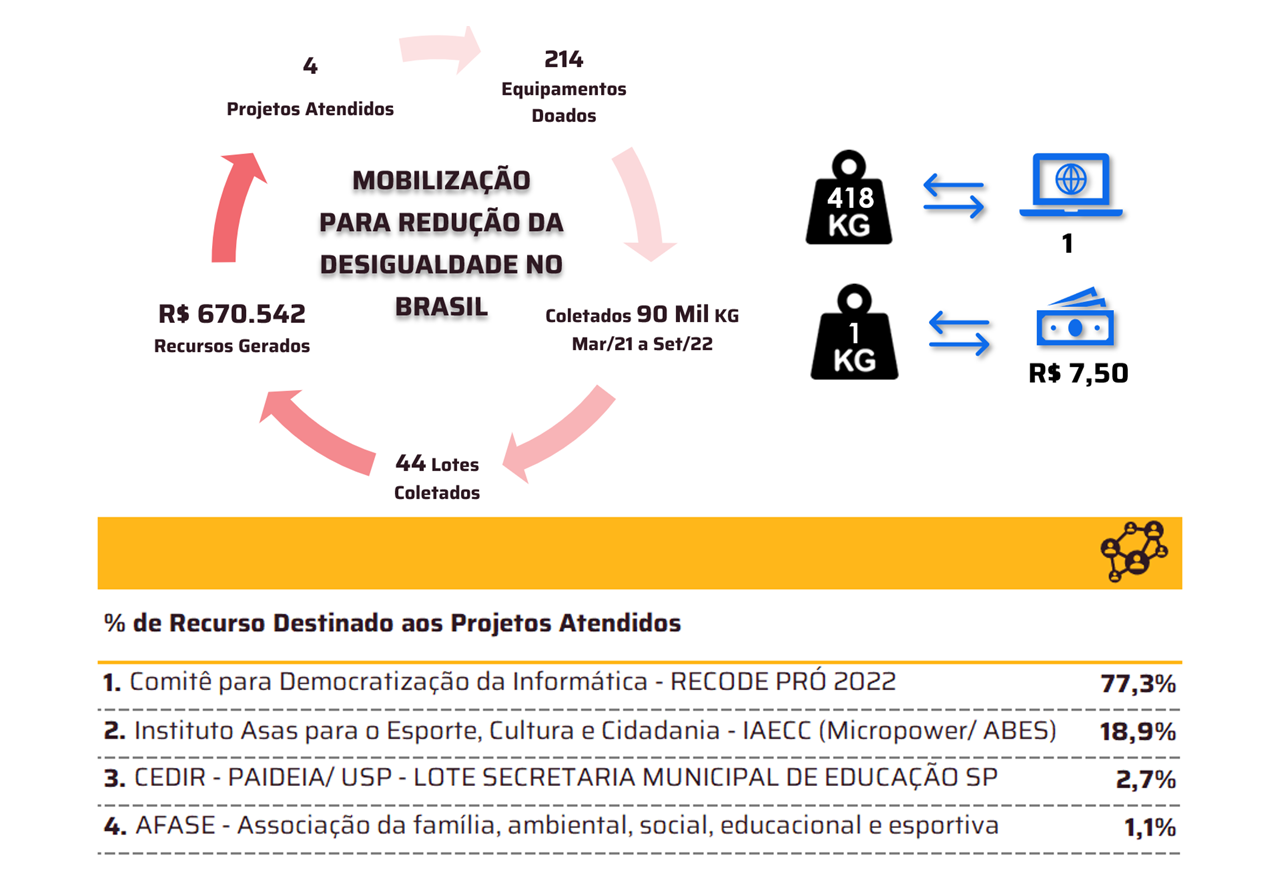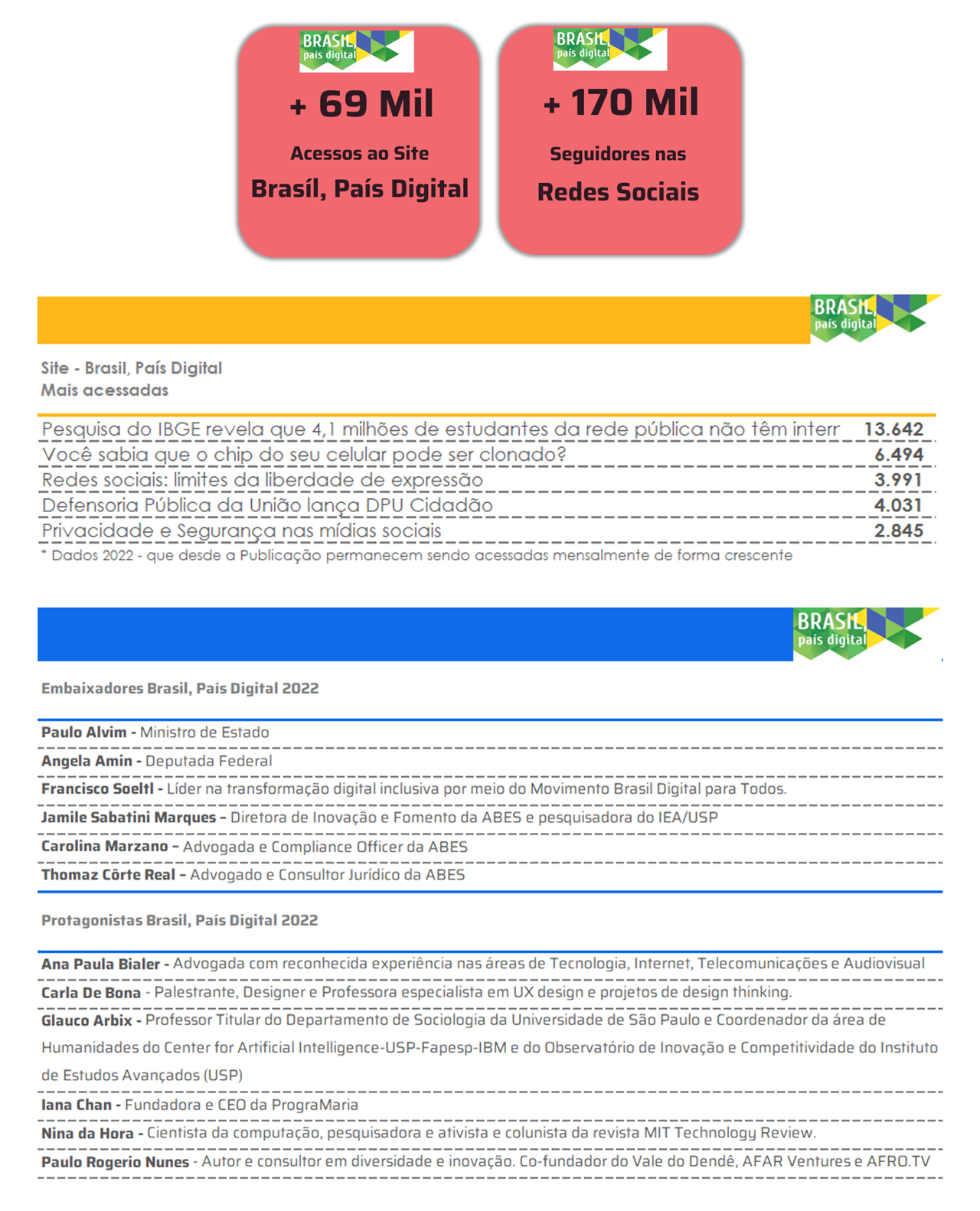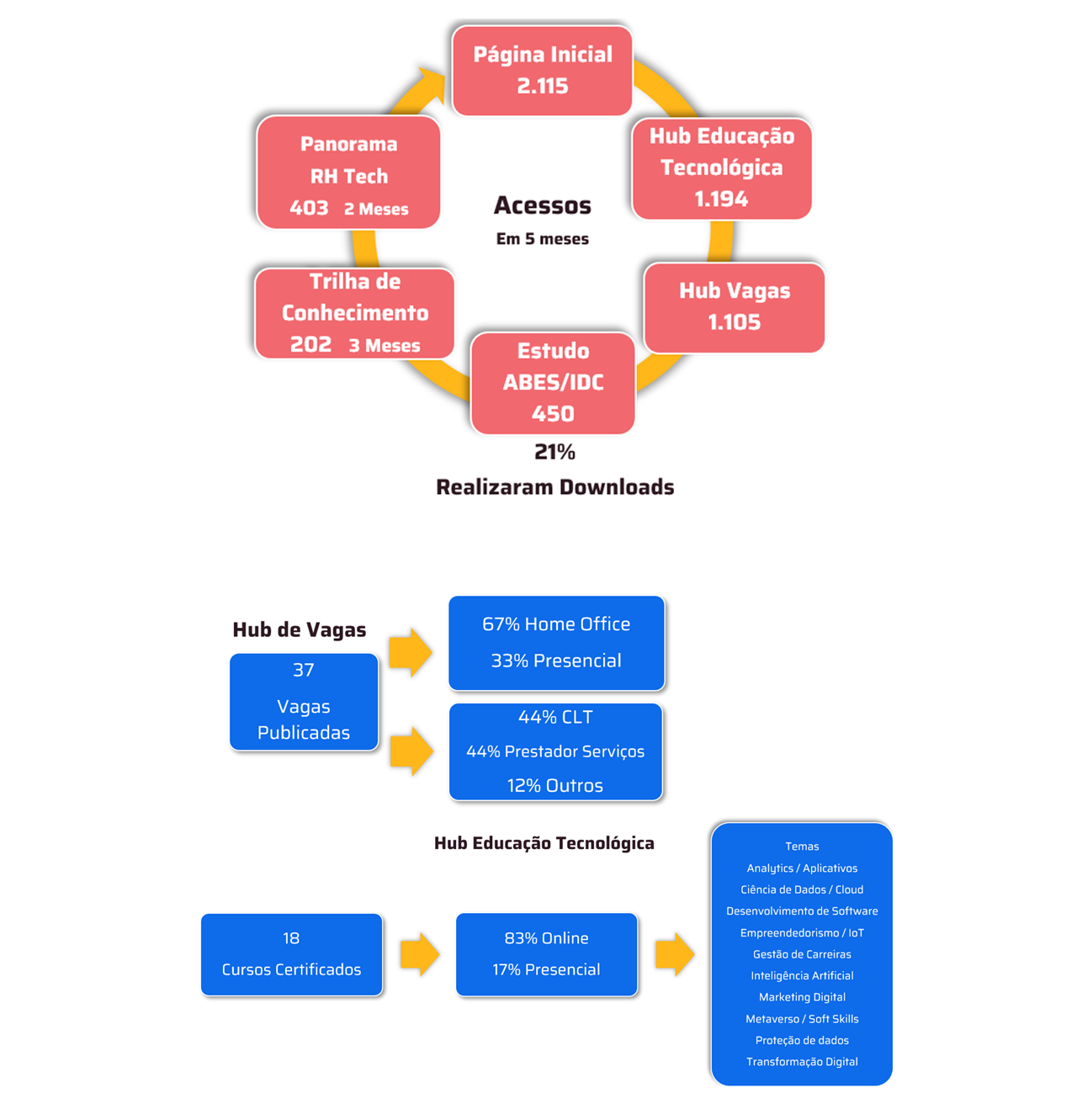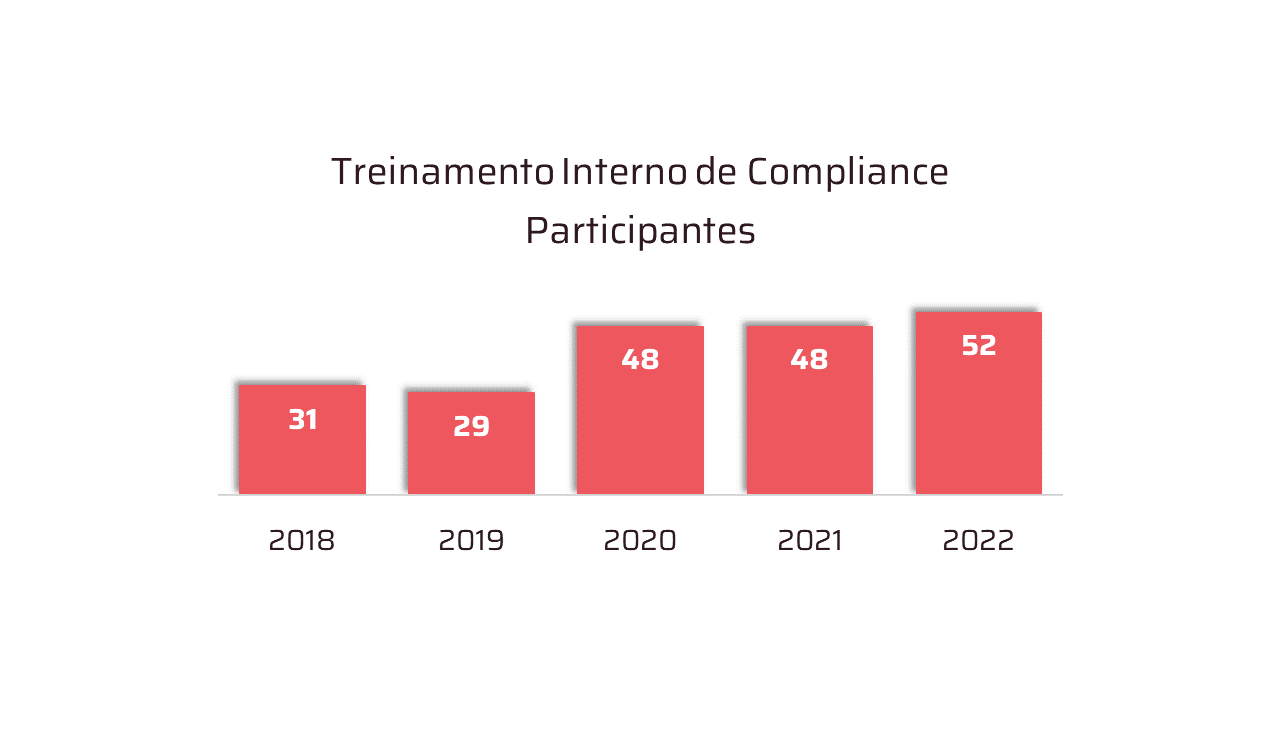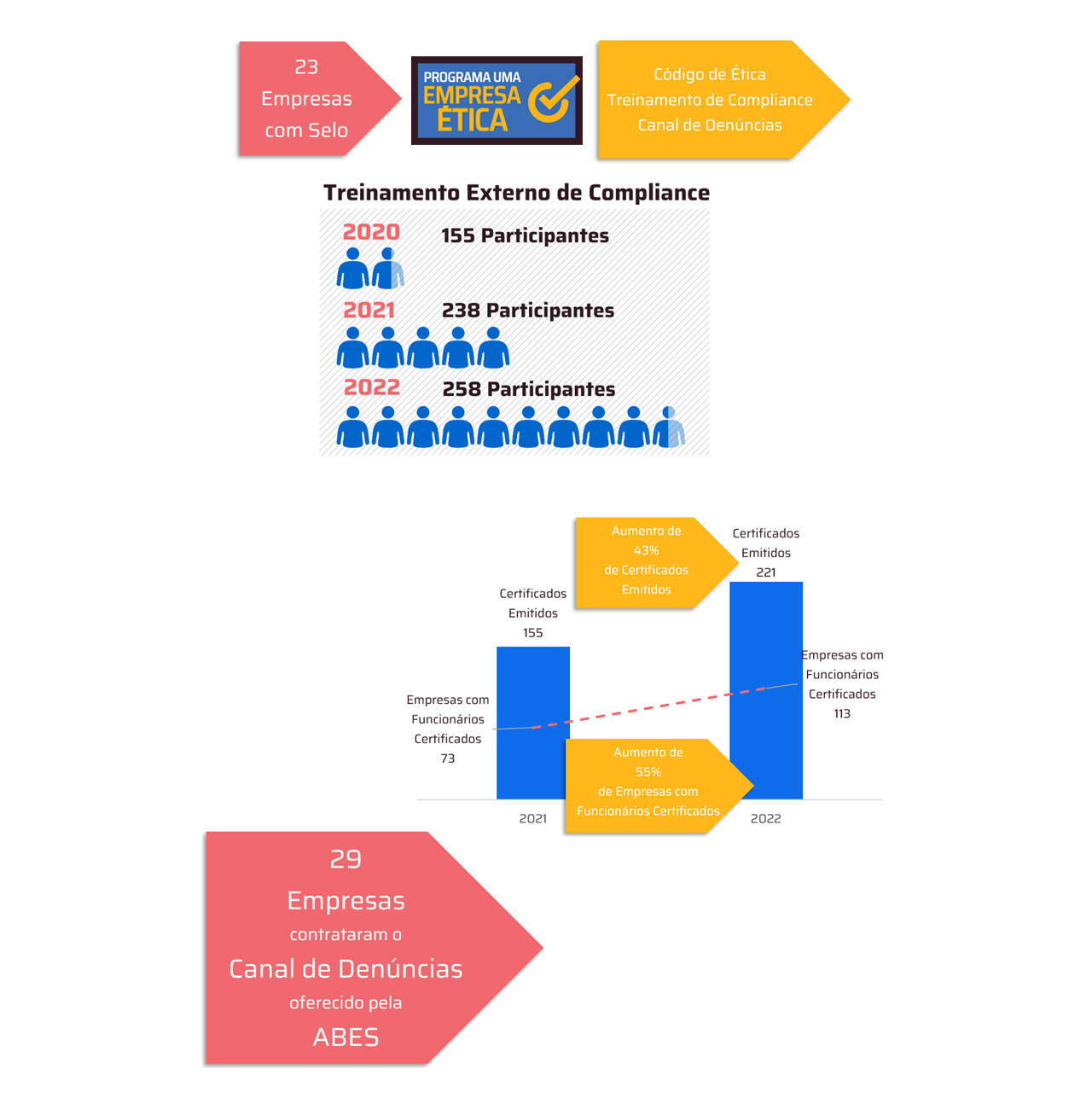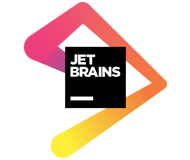Tax reform foresees new requirements, which IT teams must be aware of
 *By Fabricio Cordeiro
*By Fabricio Cordeiro
With the enactment of tax reform in Brazil, which will unify several federal and state taxes into taxes such as CBS and IBS, companies are seeing historic opportunities. On the one hand, from the legal obligation, the adaptation of their systems to the new tax requirements. On the other, the chance to advance in ERP modernization, evolving its technological infrastructure.
Considering that, if postponed, this update could compromise competitiveness, security and innovation, the time has come for companies to optimize resources and advance strategies together with their technological partners to structure action plans that not only sustain operations now, but optimize future results.
The role of technology in preparing for tax reform
To prevent companies from continuing to move in the wrong direction, rather than meeting the demands of the reform, it is important that managers ensure the use of an ERP prepared to meet emerging demands, with real-time processing, greater flexibility and integration with technologies such as artificial intelligence and process automation.
Another relevant aspect is the financing model for this journey. With the support of partners and specialized consultancy, it is possible to develop a sustainable business plan, which dilutes the costs of migration over time and provides financial incentives. In several scenarios, the break-even point is reached in approximately two years, with continuous gains from the consolidation of the new technological environment.
Global scenario and the need for innovation
The current economic situation further reinforces the urgency of this decision. Exchange rate volatility, above-average inflation, the impact of international tariffs on Brazilian products, and the growing demand for sustainable solutions impose a level of pressure that does not allow for slow decisions. Innovation and agility have become essential assets for any company that wants to remain competitive.
Reducing risks, controlling costs and, above all, ensuring that innovation is not hindered by past limitations is the most promising path that managers can follow at this time. Given that ERP is the heart of every corporation, there is nothing more strategic than starting with it.
What SAP S/4HANA has to teach us
A practical example is SAP ECC, which has a 2027 deadline for the end of its standard support. In some cases, it will be possible to extend this deadline until 2030, but without guarantees regarding the update of critical solutions. GRC NFe and TDF, for example, will not be adapted to the new legislation.
Considering that the ISG Provider Lens™ SAP Ecosystem 2025 report for Brazil identified that the imminent end of support for legacy systems is the main challenge for SAP customers in the country, the migration to SAP S/4HANA RISE It is not just a technical response, but a strategy to transform obligations into competitive advantages.
Brazil and the market are changing and companies that understand the value of this transformation will come out ahead. It is not just about complying with legislation, but rather leading the next era of efficiency and innovation.
*Fabrício Cordeiro is Latam Director of SAP Technology and Business at SoftwareOne, a leading global provider of end-to-end solutions for software and cloud technology.
Notice: The opinion presented in this article is the responsibility of its author and not of ABES - Brazilian Association of Software Companies





